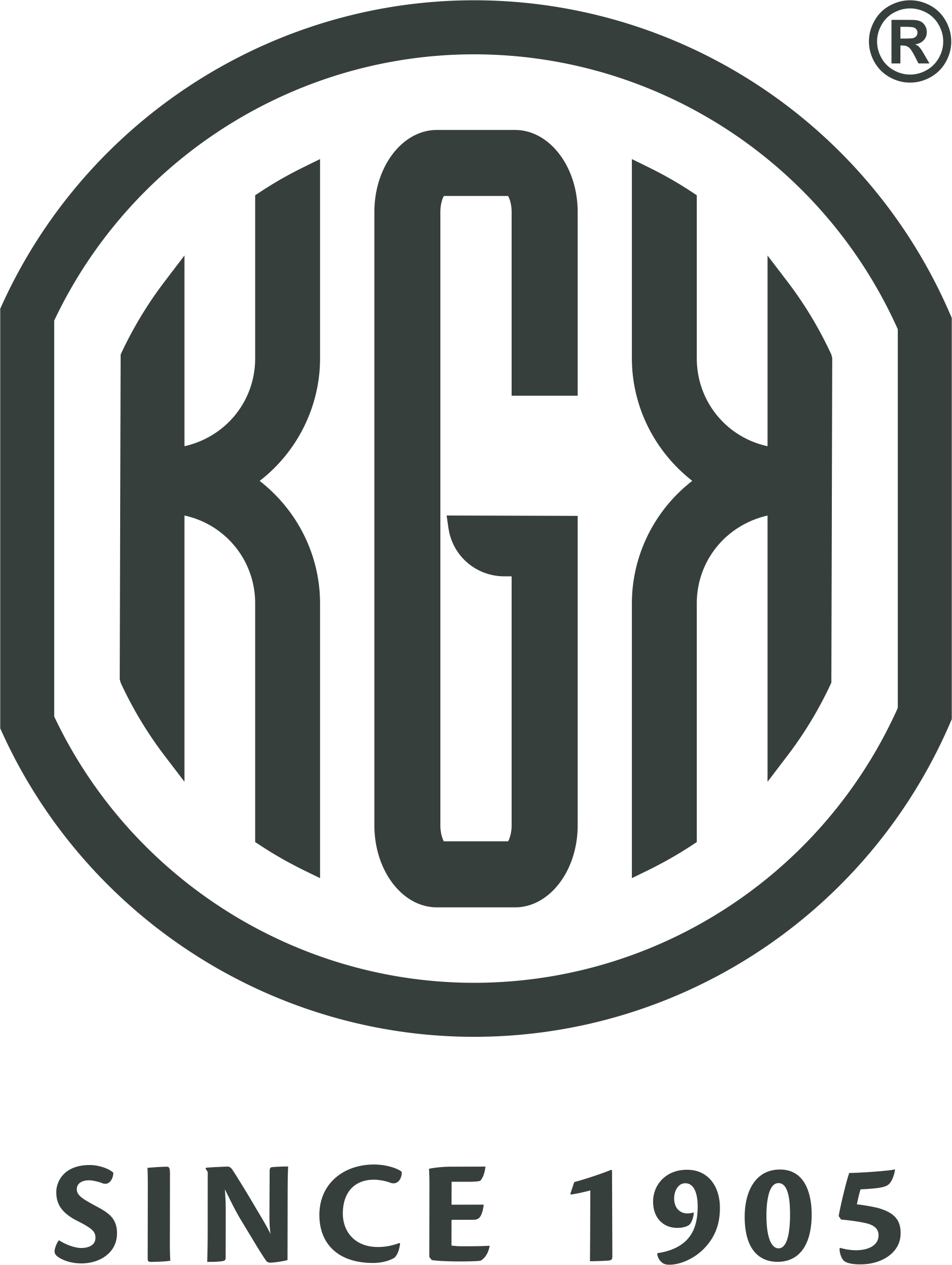Diamonds are often addressed as a woman’s best friends. Not just women, almost everyone shares the love for diamonds, considering them to be a priced possession.
Most people do consider diamonds as the most beautiful, sparkling pieces of jewellery and own them in the form of necklaces and solitaire wedding rings. But not many of them are interested in knowing about what efforts it takes for a diamond to reach you.
Today we are going to talk about diamond mining – how do diamond mines look like, how many types of diamond mines do we have, the commonly used mining techniques and other facts related to the entire diamond mining process.
While the Earth is considered to be nearly 4.5 billion years old, the oldest diamonds are estimated to be crystallized about 3.3 billion years ago. These brilliant stones are formed about 90-120 miles beneath the Earth’s surface, and need a combination of tremendous pressure and temperatures (16520-23720 F) during their formation.
Diamonds, which are now easily accessible across the world, were originally found and mined in India, Brazil, South Africa, Botswana, Namibia, Angola and Congo.
The world’s top three mines are:
Botswana (producing 24 million carats of diamonds)
Canada (producing 10.9 million carats of diamonds)
The four most commonly used diamond mining techniques are:
Open pit mining – Mostly used in sandy areas or places with unstable grounds, this involves digging a large open pit in the earth’s surface to extract diamonds. It is said to be hazardous to the environment.
Hard rock mining or tunnelling – Vertical and horizontal tunnels are built through drilling the earth’s surface to extract valuable diamonds. It is considered the most dangerous form of mining with a risk of explosion and harmful gases.
Alluvial mining – mining diamonds from small alluvial diamond deposits that end up in rivers
Marine diamond mining – It is the latest diamond technique that involves the use of vertical and horizontal drilling into the ocean floor to extract diamonds through highly advanced equipment.
There would be no diamonds without diamond mining and manufacturing. This suggests the importance of all diamond operations in fueling the million dollar industry.
We at KGK Group are a preferred buyer of De Beers, Alrosa and Rio Tinto, and have our own diamond manufacturing units (cutting and polishing factories) and diamond distribution centres across the globe.










